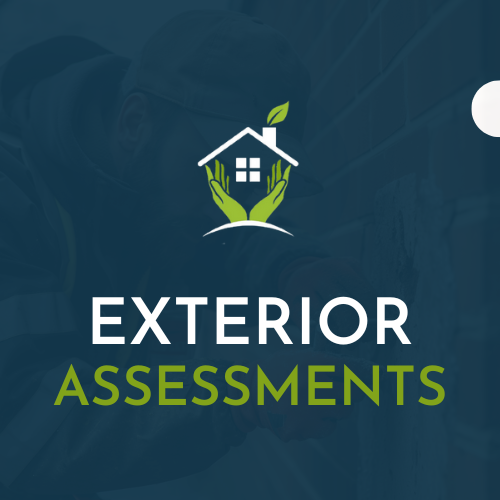Are you confused about the differences between rising damp and condensation? Don't worry, we've got you covered. In this article, we'll uncover the truth about rising damp vs condensation and help you make an informed decision.
What is Rising Damp and Condensation?
Rising damp is the upward movement of moisture from the ground through the walls of a building. It can cause damage to the structure of the building, as well as lead to the growth of mould and bacteria. Condensation, on the other hand, is the process of water vapour in the air turning into liquid when it comes into contact with a cold surface. It can cause mould growth and exacerbate respiratory problems.
Causes of Rising Damp and Condensation
Rising damp is often caused by a lack of damp proofing, which allows moisture to seep into the walls. Condensation, on the other hand, is caused by poor ventilation and high humidity levels. This can be due to a variety of factors, such as cooking, showering, and drying clothes indoors.
Symptoms of Rising Damp and Condensation
The symptoms of rising damp include damp patches on walls, peeling wallpaper, and a musty smell. Condensation can cause water droplets on windows, black mould growth, and a damp feeling in the air.
Effects of Rising Damp and Condensation
The effects of rising damp and condensation can be damaging to both your health and your property. Rising damp can cause structural damage and lead to the growth of mould and bacteria. Condensation can also lead to mould growth and can exacerbate respiratory problems.
Prevention and Treatment of Rising Damp and Condensation
Preventing and treating rising damp and condensation involves a combination of damp proofing methods and moisture control. Damp proofing methods for rising damp include installing a damp proof course and using waterproof membranes. Moisture control methods for condensation include improving ventilation and reducing humidity levels. It's also important to address any underlying issues, such as leaks or poor insulation.
Dampness in Walls and Ceilings
Dampness in walls and ceilings can be a sign of rising damp or condensation. It's important to identify the cause of the dampness and take appropriate action to prevent further damage. This may involve repairing leaks, improving ventilation, or installing damp proofing measures.
Mould Growth and Dampness
Mould growth is a common problem associated with dampness. It can cause health problems, as well as damage to your property. It's important to address the underlying cause of the dampness to prevent mould growth and protect your health.
Structural Damage from Rising Damp and Condensation
Structural damage from rising damp and condensation can be costly to repair. It's important to address the problem early on to prevent further damage and protect your property. This may involve installing damp proofing measures, improving ventilation, or repairing leaks.
In Conclusion
Understanding the differences between rising damp and condensation is crucial in preventing and treating them. By following the prevention and treatment methods outlined in this article, you can protect your property and your health from the damaging effects of dampness.


